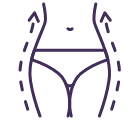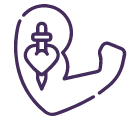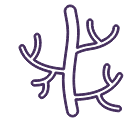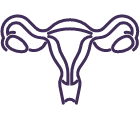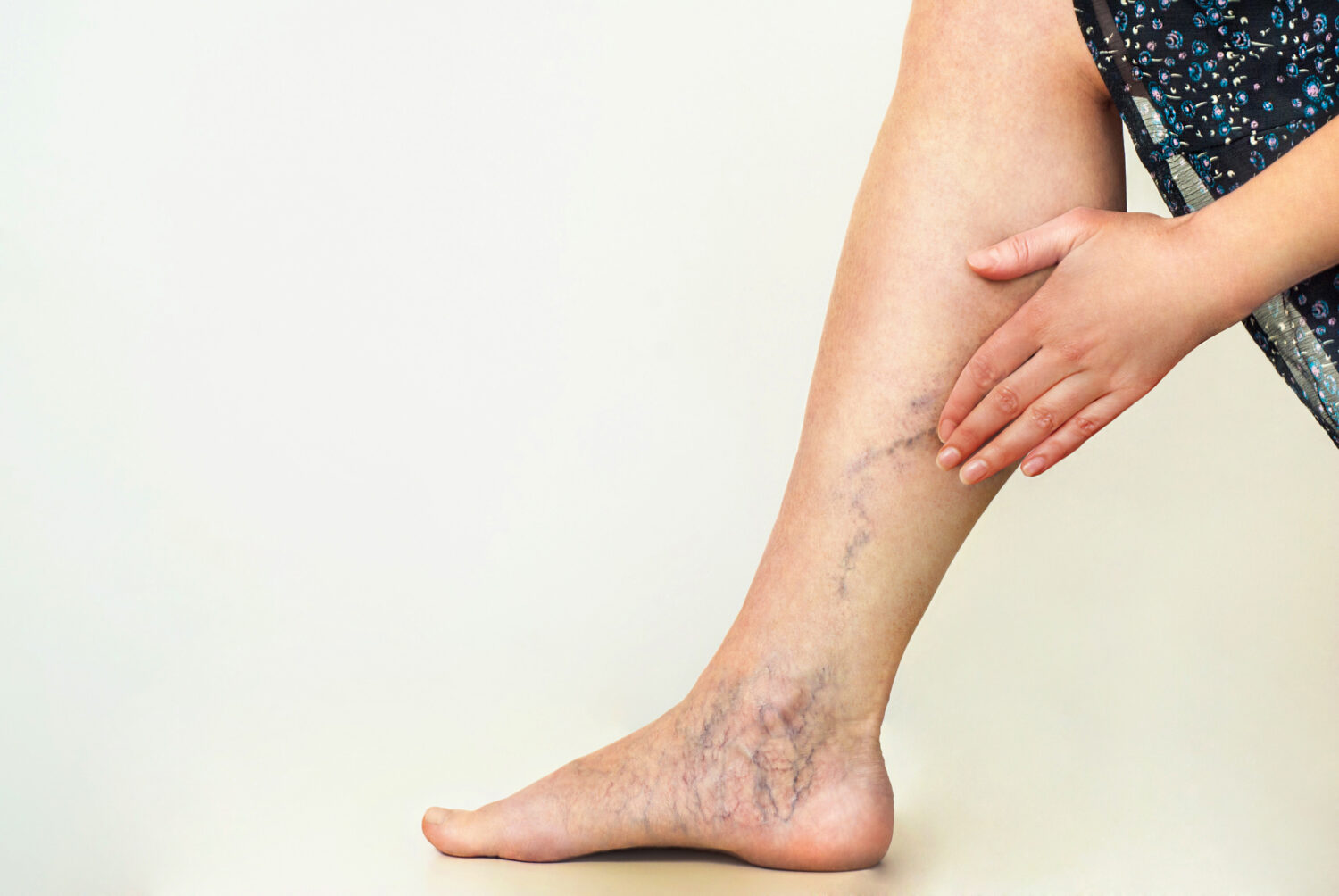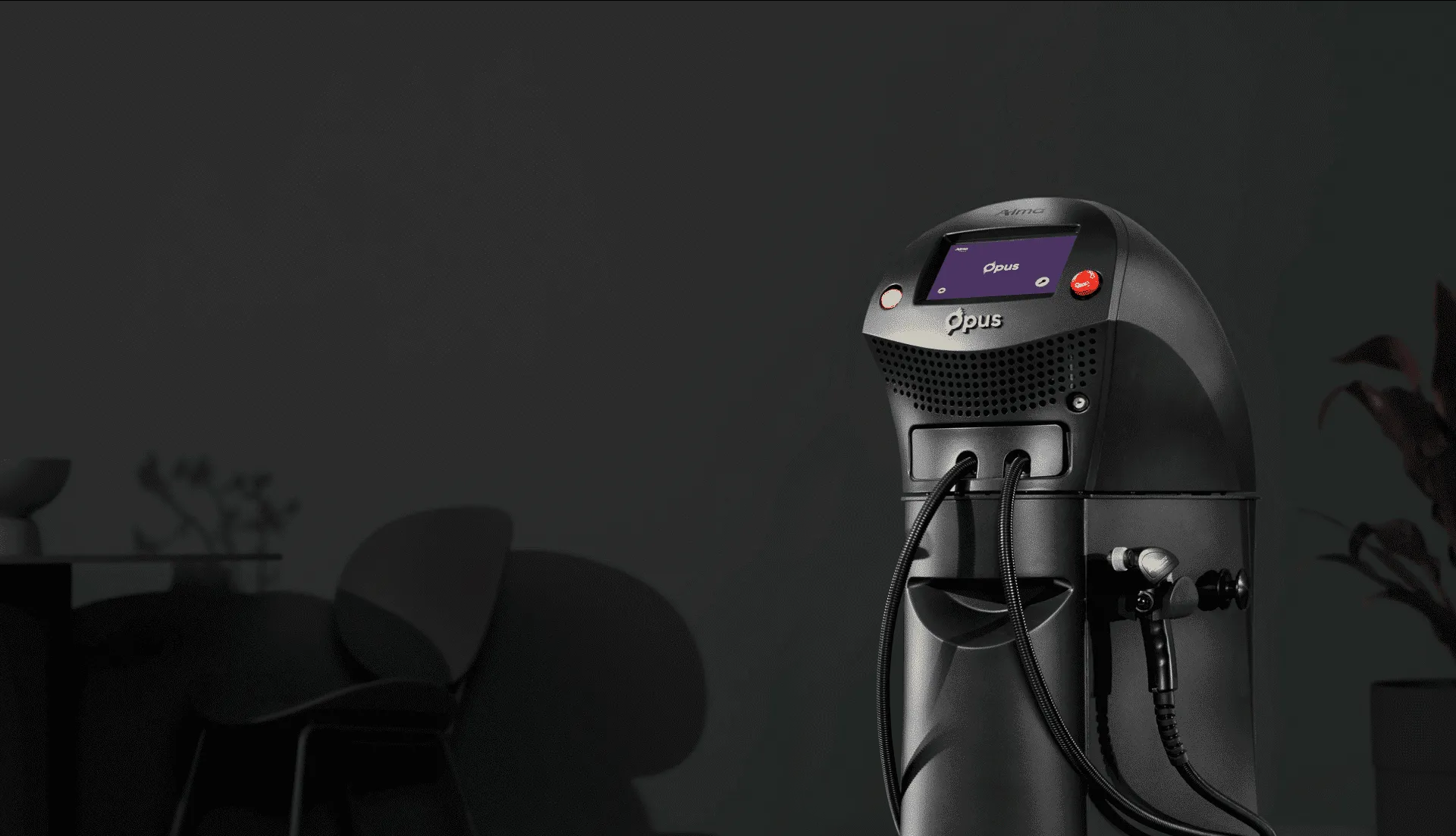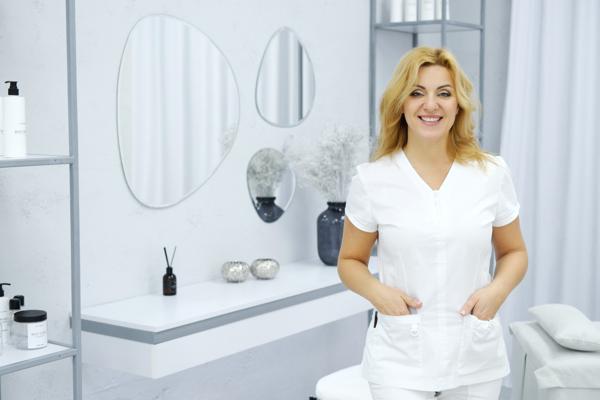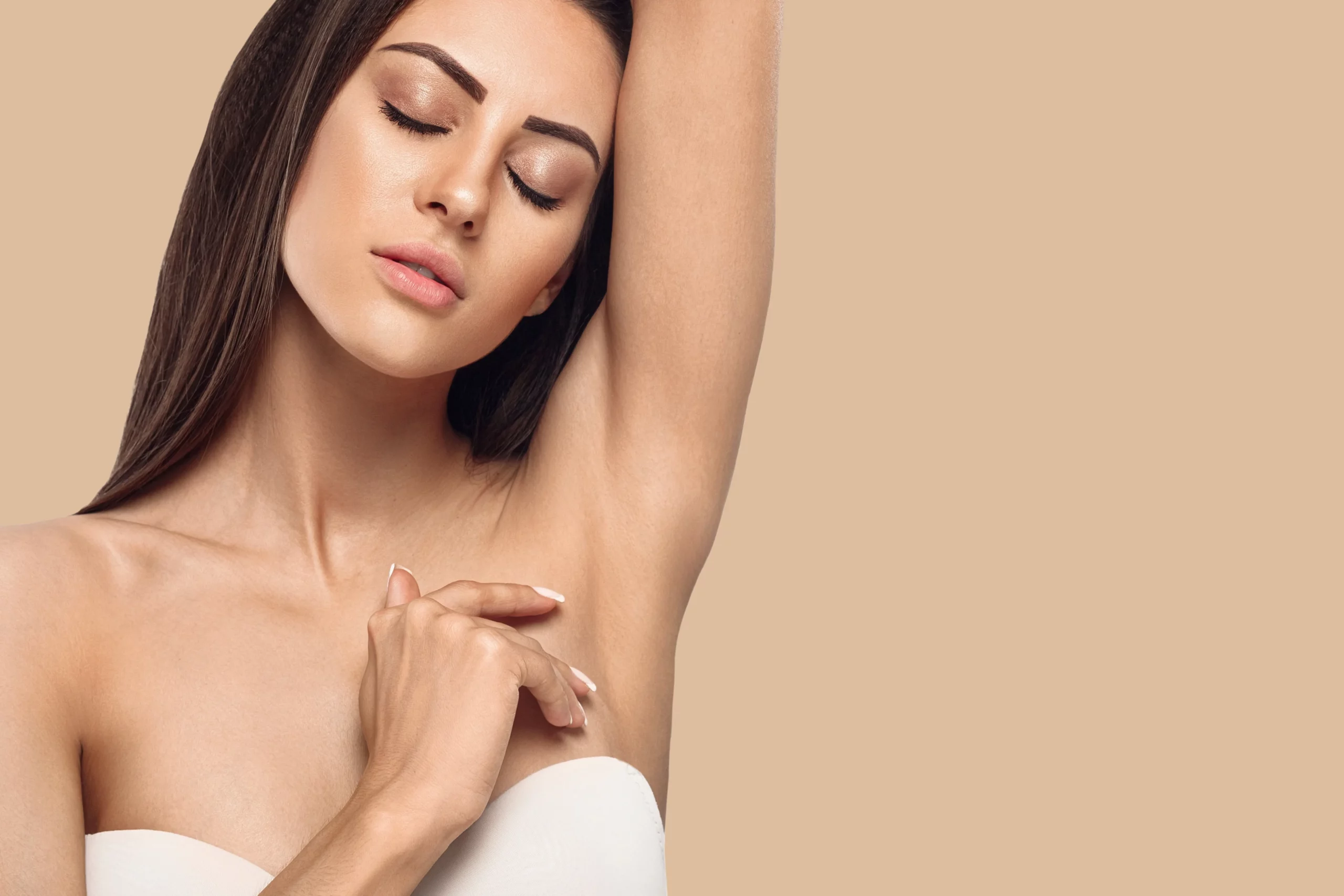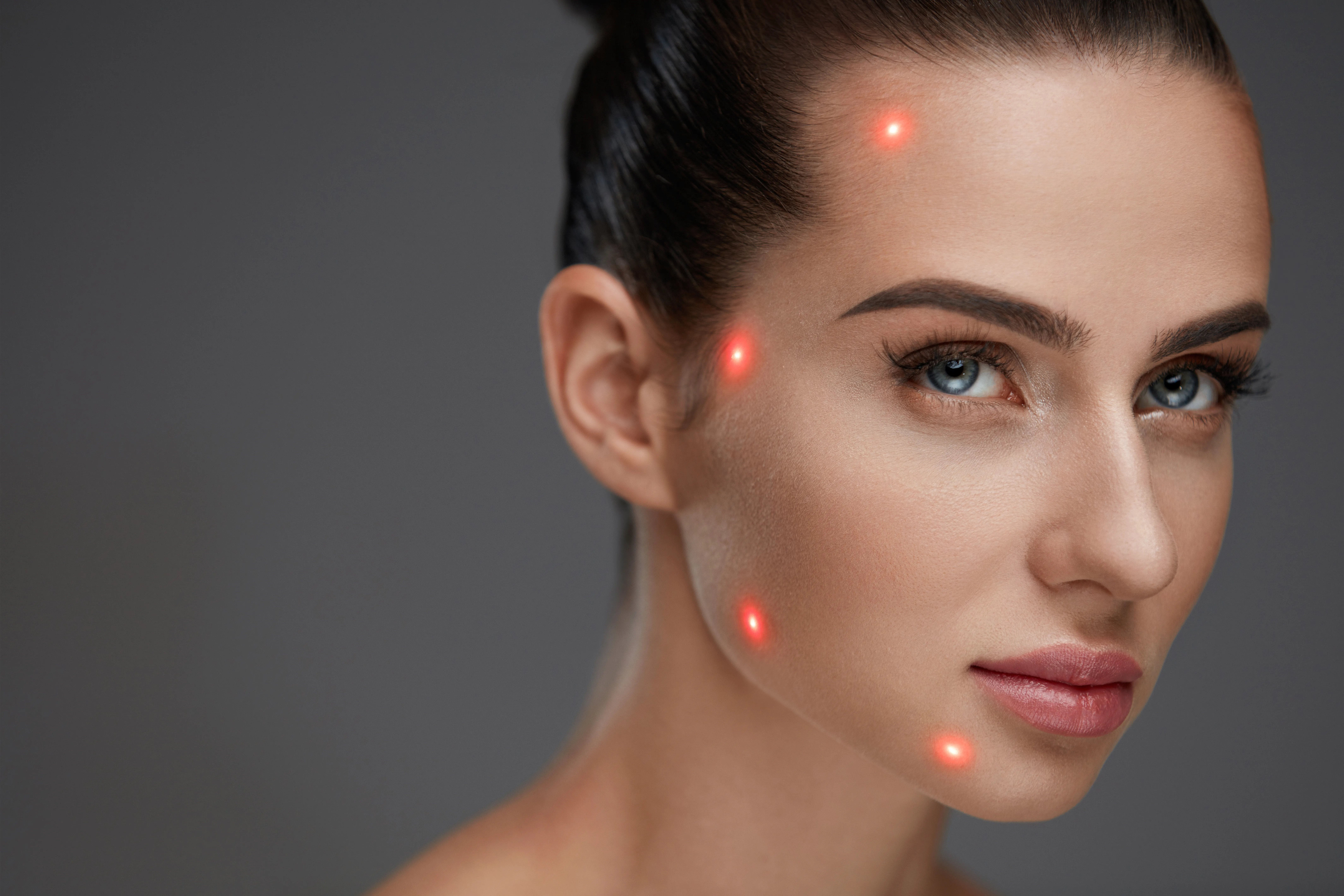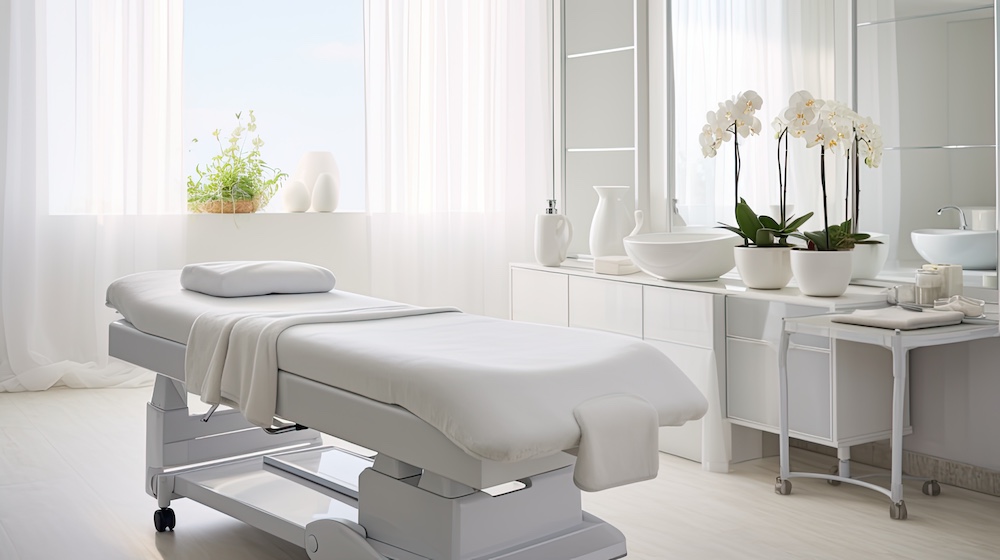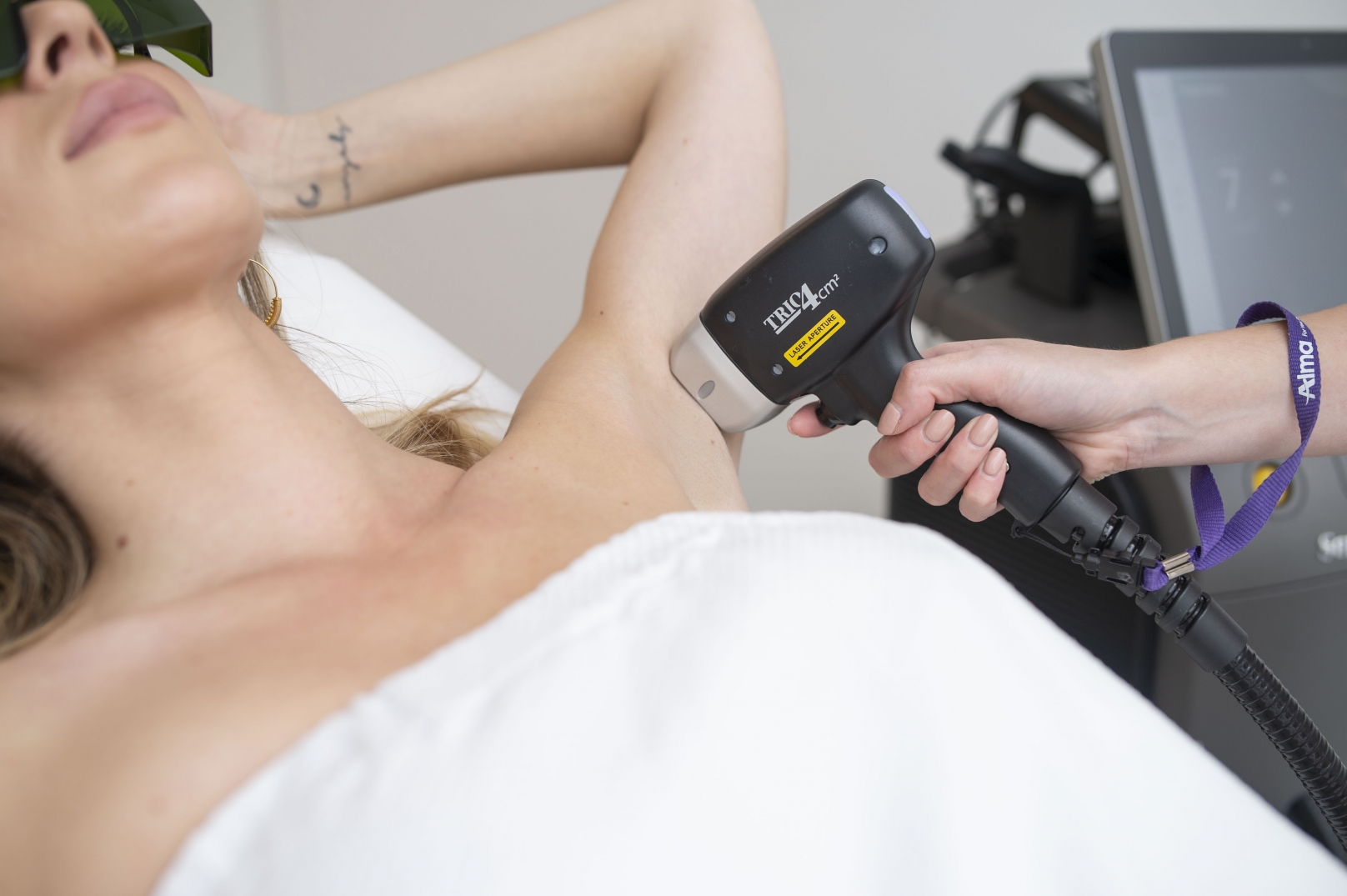Varicose veins are veins near the skin’s surface that fill with blood. This is usually due to increased blood pressure. These veins become enlarged and twisted as a result of damage to the vein.
Medical treatment may be necessary depending on your specific situation involving varicose veins. Providing treatment for this can help your clinic to reach more potential clients. Continue reading to learn about the best treatment for varicose veins.
When Might Varicose Veins Require Medical Treatment?
You can encourage your patients to improve their condition by exercising their legs. They might also benefit from elevating their legs while sitting. Compression socks can also help to improve circulation in the legs.
Unfortunately, varicose veins may continue to become more damaged without medical intervention.
Treating varicose veins can help to ease symptoms. Symptoms might include leg heaviness, ulcers, and discolouration of the skin. It can also ease the pain associated with the swelling of the veins (phlebitis).
What Treatment Options Are Available?
Varicose veins are those close to the skin’s surface. This means that treating them will not affect the interworkings of the body. Once patients get varicose veins treatment, they will rely on deeper veins for blood flow.
Sclerotherapy involves injecting a solution into the affected veins. The veins will scar and close off the veins causing them to fade over time. This procedure forces the blood to run its course through healthy veins in the legs.
Laser therapy is a procedure that uses laser machines to lessen the impact of varicose veins. This procedure causes them to fade over time. The procedure can be done both externally or internally.
Simple laser treatment works on the surface of the skin with lasers to remedy veins. Endovenous laser treatment uses lasers inside the affected vein to encourage the veins to close.
There are a few treatment options that involve removing the affected veins from the leg. The recovery period for these procedures is short despite requiring small incisions.
Ligation and vein stripping is a common treatment for larger varicose veins. It involves tying off the vein before removing it through small incisions in the leg.
A similar procedure for smaller varicose veins is ambulatory phlebectomy. In this procedure, small varicose veins get removed through tiny skin punctures.
Your patients may need a combination of these treatments to get results. Larger varicose veins may have to be managed before treatment will make a difference for smaller varicose veins.
Best Treatment for Varicose Veins
Determining the best treatment for varicose veins depends on your patient’s specific situation. Some varicose veins may not require treatment beyond elevating the legs while sitting or wearing compression socks to improve circulation in the legs. Other veins may require laser therapy to minimize the effect varicose veins can have on the body.
Contact Alma Lasers Australia today for more information on medical laser equipment.
